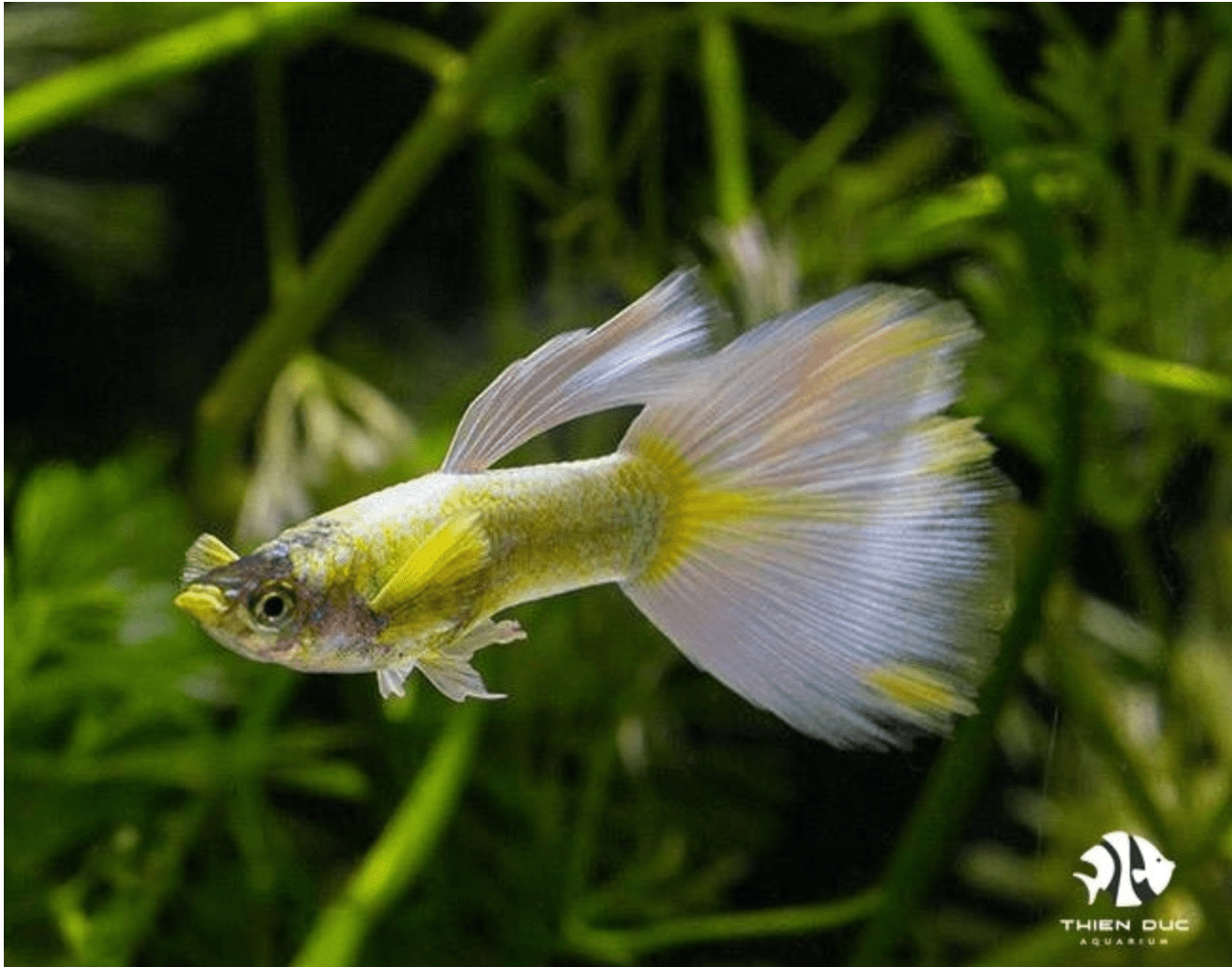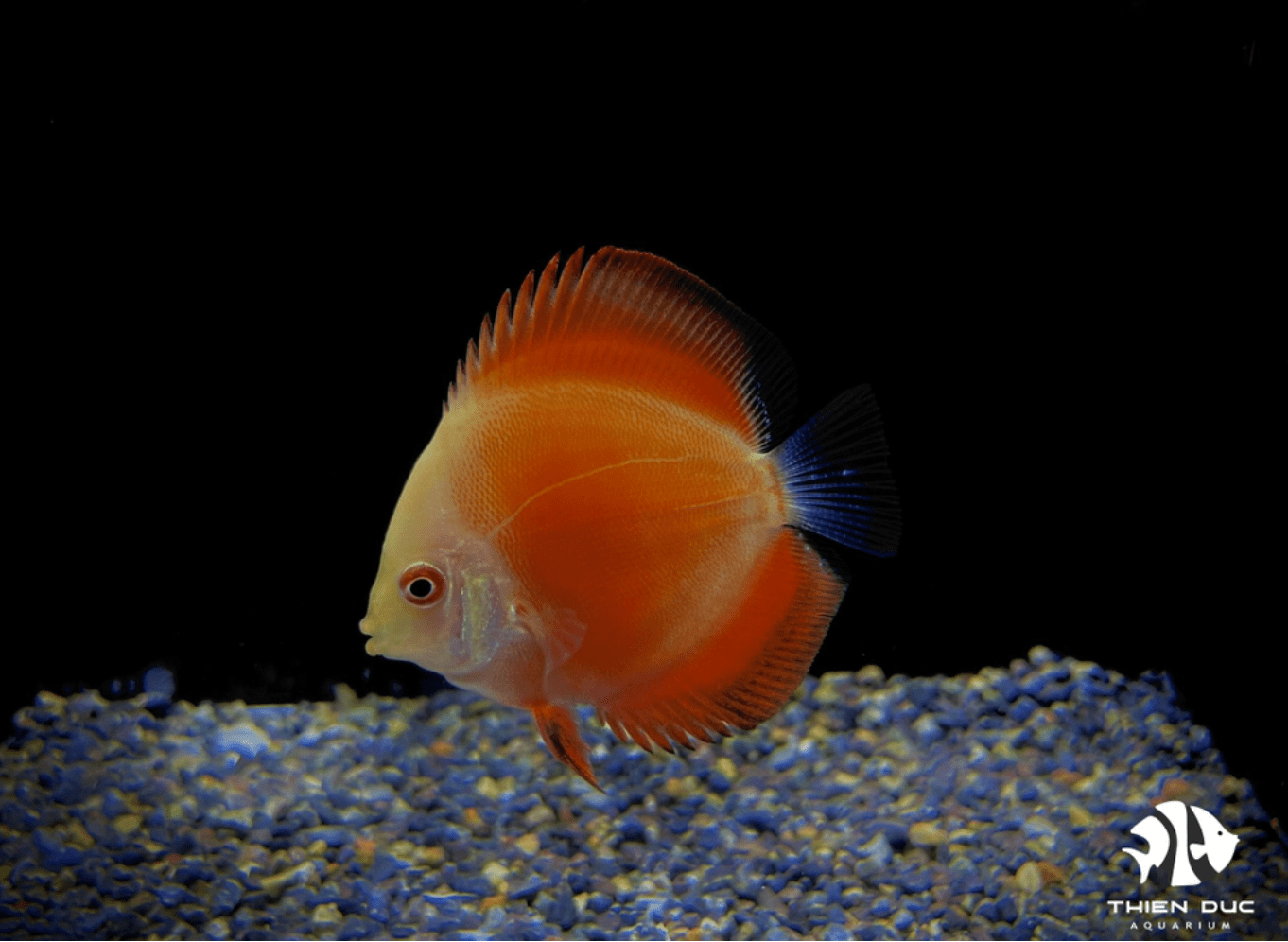Driftwood Aquascaping: Tips for a Natural-Looking Tank
The art of driftwood aquascaping transforms an aquarium into a miniature, natural ecosystem. This versatile material adds character and a sense of history, providing a natural framework where a vibrant underwater world thrives. THIENDUC AQUARIUM specializes in curating high-quality materials to help you achieve this vision.
The Benefits and Allure of Driftwood
Beyond its undeniable visual appeal, driftwood offers significant practical benefits for your aquatic ecosystem. Its organic texture and intricate forms provide essential hiding spots and territories for fish, reducing stress and encouraging natural behaviors. For species like plecos and corydoras, driftwood is a crucial food source, as they graze on the biofilm that forms on its surface.

Moreover, driftwood acts as a natural anchor for epiphytic plants such as Java Moss, Java Fern, and Bucephalandra, allowing you to create lush, vertical gardens. Over time, as driftwood releases tannins, it can slightly lower the pH of your water, which is beneficial for many fish species, particularly those from blackwater habitats. Thienduc Aquarium, with our expertise in sourcing unique wild fish from regions like Vietnam and Laos, appreciates the importance of these natural elements in recreating authentic environments that our fish thrive in. The careful art of driftwood aquascaping is fundamental to our philosophy.
Selecting the Perfect Pieces
Choosing the right driftwood is the first and most critical step in your aquascaping journey. The vast range of available woods means there is a perfect piece for every tank size and theme. Manzanita wood, with its smooth branches and light color, is excellent for creating a minimalist, tree-like structure. Cholla wood, a hollow, porous wood, is ideal for providing shelter for shrimp and small fish. Mopani wood, known for its dense, gnarled appearance, adds a rugged, ancient feel to any setup.
When selecting, consider the scale of your tank. A single, large, striking piece can be a powerful focal point, while several smaller, intertwined pieces can create a sense of depth and complexity. Don't be afraid to combine different types and sizes to mimic a real underwater scene. With our experience in sourcing the best materials, Thienduc Aquarium can provide the perfect driftwood to complement our stunning ornamental fish, making your driftwood aquascaping project a success.
Essential Preparation Steps
Before introducing any driftwood into your tank, proper preparation is non-negotiable. This process ensures the wood is free of harmful bacteria, pests, and excess tannins that could stain your water.
-
Boiling: Place the driftwood in a large pot and boil it for several hours. This process helps to kill any bacteria, fungi, or algae and releases a significant amount of tannins. The water will turn a dark tea color; change it out periodically until it runs clearer.
-
Soaking: After boiling, the driftwood will likely still float. You must soak it in a container of water until it becomes waterlogged and sinks on its own. This can take anywhere from a few days to several weeks, depending on the type and size of the wood.
-
Scrubbing: Once the driftwood is waterlogged, give it a final scrub with a clean brush to remove any lingering debris.
This meticulous preparation is a testament to the dedication required for truly beautiful driftwood aquascaping. Our team at Thienduc Aquarium follows a similar level of care in preparing our fish for export to ensure they arrive in perfect health in countries like Germany, France, and the Netherlands.
Aquascaping Techniques for a Professional Finish
Once your driftwood is prepared, the real artistry begins. The goal is to arrange your pieces in a way that feels organic and visually compelling.
-
The Rule of Thirds: Imagine a grid dividing your tank into nine equal sections. Place your primary focal point along one of the intersecting lines, not in the dead center. As a result, the composition becomes more lively and captivating.
-
Creating Flow and Movement: Arrange your driftwood to create a sense of flow, leading the viewer's eye through the landscape. Mimicking the look of roots or submerged branches can achieve this. Stacking and layering different pieces can create a more complex and detailed hardscape. The effective use of these techniques elevates simple driftwood aquascaping to a form of art.
-
The Golden Ratio: This mathematical principle, often seen in nature, can be applied to your aquascape to create a sense of balance and harmony.

Integrating Driftwood with Plants and Substrate
The final step in creating a natural-looking tank is to seamlessly integrate your driftwood with plants and substrate.
-
Choosing the Right Plants: Plants like Anubias, Bucephalandra, and Java Fern are perfect for attaching directly to driftwood using fishing line or super glue. Their rhizomes will eventually attach to the wood, making them a permanent part of your hardscape.
-
Substrate Selection: Choose a substrate that complements the natural look you are trying to achieve. Fine-grain sand or a dark, nutrient-rich soil can highlight the intricate textures of the driftwood.
-
Creating a Story: The most successful aquascapes tell a story. Maybe your driftwood aquascaping represents a submerged tree trunk, a cluster of roots on a riverbank, or a fallen branch in a pristine forest. Use your creativity to direct you.
Overcoming Typical Aquascaping Difficulties
Problems can still occur even with meticulous preparation. Here are a few typical issues and how to fix them:
-
Tannin Staining: If your water turns a yellow or brown color, it’s due to tannins leaching from the wood. This can be unsightly, but it is not harmful. Regular water changes and the use of activated carbon in your filter will help to clear the water.
-
White Mold: This fuzzy, white substance often appears on new driftwood. It's a harmless biofilm that will disappear on its own as your tank matures. Snails and shrimp, like the ones Thienduc Aquarium supplies, will happily eat it.
-
Floating Driftwood: If your driftwood won't sink, you can weigh it down with rocks or use a slate base to secure it to the substrate. Patience is key; it will eventually become waterlogged.

Conclusion
The rewarding journey of driftwood aquascaping combines creativity with expert preparation and quality materials. Thienduc Aquarium provides the finest freshwater fish and aquascaping supplies. With our expertise in wild Southeast Asian fish and a strong European presence, we help you bring nature home. We invite you to explore our selection and begin your creative adventure with driftwood aquascaping.
Contact Information:
-
Address: 57 Le Thi Sieng, Tan Thong Hoi, Cu Chi, Ho Chi Minh City, Viet Nam
-
Mobile: +84903912501
-
Office: +84982577871
-
Email: thien@thienducaquarium.com










